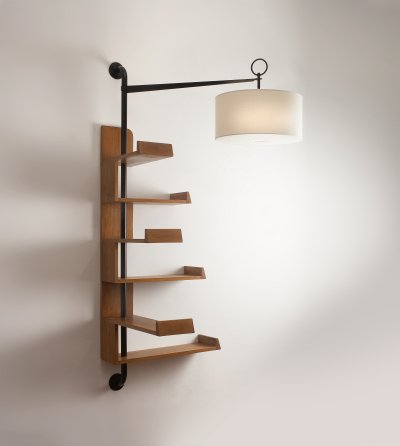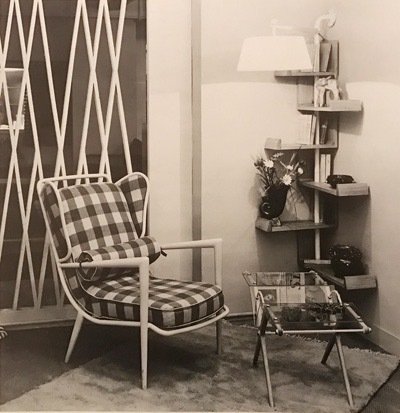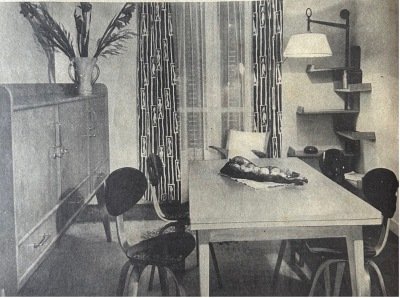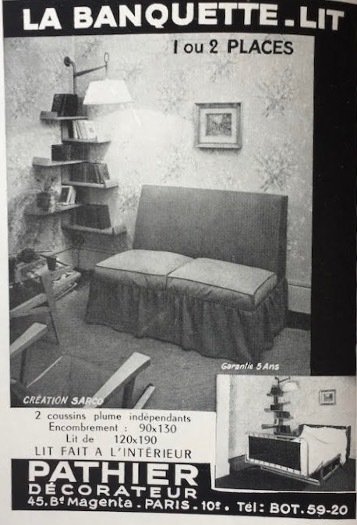Jacques Hitier
Born in Paris in 1917, Jacques Hitier revealed his creative instinct early on: at just 13 he was admitted to the École Boulle, where he graduated in 1934. His first steps led him to Primavera, the design studio of Le Printemps, before he joined Mobilor, where he began developing school furniture in tubular steel — a material and style that would become his lifelong signature, combining strength with an elegant modern simplicity.
After the war, Hitier established his own agency and began presenting his creations at design salons. From the late 1940s, his collaborations with Tubauto gave rise to some of his most recognizable works, merging tubular metal with wood, fabric, or rattan to create pieces both functional and poetic. Among his most celebrated designs are the Mullca 300 school chair, the Chistéra armchair (1952), the nesting coffee tables (1952), and the Libellule chair (1955), each embodying the clarity, utility, and discreet beauty that define his style.
Hitier’s creativity extended beyond furniture: he designed interiors for student residences, hotels, and even the officers’ lounge of the legendary ocean liner France, blending industrial rigor with a refined sense of atmosphere.
Equally important was his role as an educator and advocate. Returning to the École Boulle, he became professor, dean, and finally director from 1972 to 1982. He was also active in professional organizations, co-founding the CAIM union to advance the recognition and practice of interior architecture and industrial design in France.
His legacy lies in furniture designed for mass production that nonetheless retained elegance and personality, shaping both public and private interiors. Jacques Hitier remains a central figure in 20th-century French design — a craftsman-poet of tubular steel whose work still resonates with simplicity and grace.



